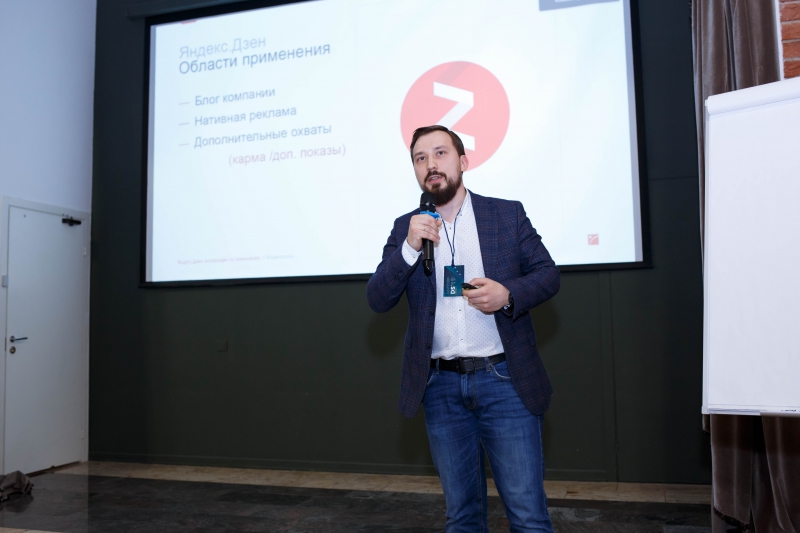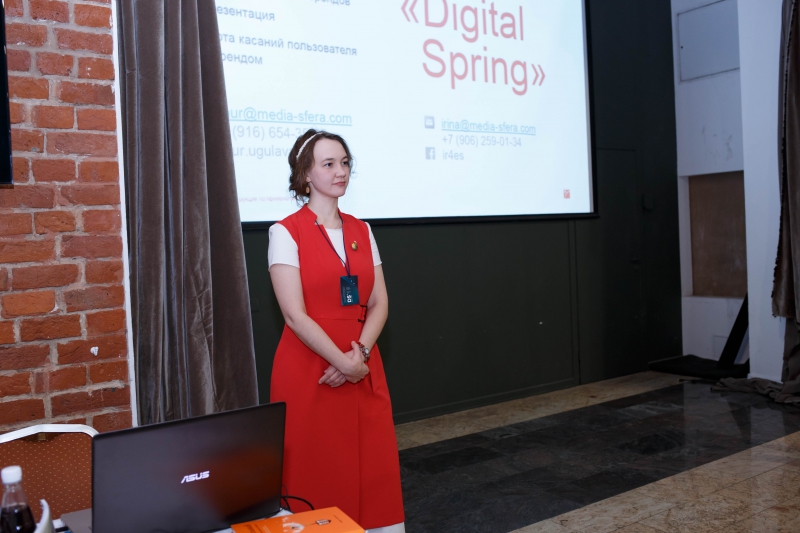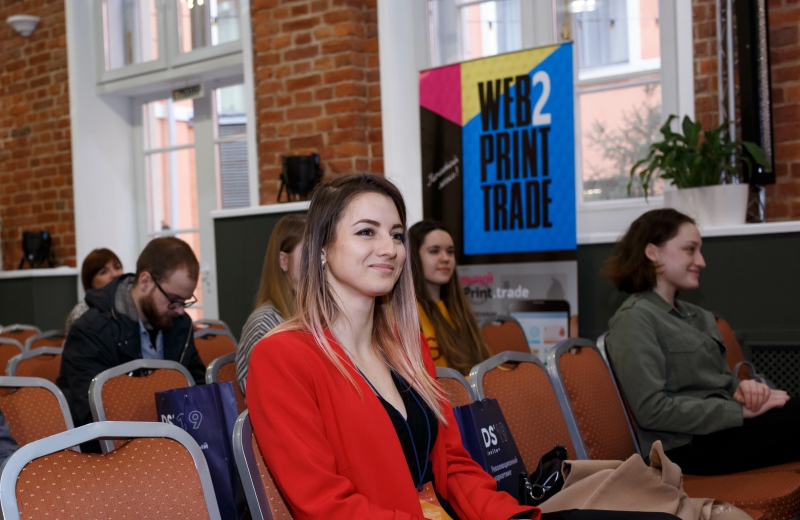About Yandex Zen
In the words of the website itself, Yandex Zen is an “endless feed of content selected with a specific user in mind. Zen is constantly searching the internet to find information potentially interesting for you and you alone and combines the best of the best in your personal feed.” Though sounding great, this description leaves us none the wiser as to what the service really does.
First and foremost, Zen is a blogging platform, a younger sibling of the doddering Livejournal. Operating on the platform are bloggers, whose main role is to cook up content in a variety of formats: texts, videos, and pictures. This content is then filtered and shown to users, which is the main catch of the service. Yandex Zen’s personal recommendations system is powered by artificial intelligence, indeed so intelligent that even its developers can’t fully fathom its operating nuts and bolts.
What makes Zen stand out from other blogs and social media? The fact that it’s author-centered. While on VK, Instagram and Facebook bloggers first have to accumulate a certain audience to then feed them with content, Zen allows them to create content and leave all the audience searching to a smart algorithm. That’s what makes it so cool: with the artificial intelligence forming personal recommendations, you don’t need to chase subscribers and followers; quality content won’t go amiss.

The service in numbers
In its two years of active operation, Zen achieved the following results:
- tenth place in the amount of traffic among all internet platforms;
- 40,000,000 unique visitors a month;
- 22,000 active channels increasing in 200-300 channels each week;
- 37 minutes in average time users spend on the platform each day.
Formats of content available
As of now, Zen operates in five main formats. The first is articles. As is the custom, they have a heading, a lede, some paragraphs and a beautiful (or ugly) picture. You click on the heading and get the full text. There’s no limit on how much text and photos one article can include, and the platform supports internal links, comments and likes.
The second is narratives. Conceptually, this is a new format that is most comparable to Instagram stories with one big difference: in addition to photos, it also includes textual content. You can add short videos, gifs, and pictures.
The third is videos, with links to Youtube or Yandex Video. We click, we’re redirected to a video, we watch it; it’s simple.
The fourth is posts. Presented as a short, 200-symbol text and a photograph, this format was created specifically for bloggers suffering from a writer’s block.
The fifth is an RSS feed. Implying the integration of your ready website into Zen, this format means that you don’t have to create exclusive content for this platform. Visually, it looks just like a regular article would: there’s a heading and a lede, with your own website being a click away.
Metrics
Each author can simultaneously monitor several metrics: outreach (the number of unique visitors who viewed the content in question), CTR (the view-to-click ratio), “read-through-the-ends” (the number of people who read or watched the content till the end), and, connected to that, their average time of reading and a map of their geographical locations.
You can see that the majority of the metrics available to authors tackles attracting users. This is the second big thing that sets Zen apart from conventional social media. We may spend tons on time and effort on VK and Instagram but still won’t know how many people really read through the posts containing native marketing of brands. Everyone’s sick of these posts anyway. Zen offers an alternative approach to this problem, seamlessly weaving ads into regular content so that visitors would stay on the relevant webpage for longer.

Lifecycle of a post
Suppose that there’s a company that wants to create an article for Zen. First, they’ll have to prepare a draft and publish the final article on the website. After the article is published, it goes through to the moderation stage, which lasts for at least an hour and involves artificial intelligence checking for plagiarism and graphic content. Then the algorithm analyzes the piece and decides for what audience it would be best suited to.
After the first batch of these users (about 5,000 of them) consumed the content, the AI studies their feedback, expressed through likes or rage in the comment section, identifies the categories of people with the most positive reactions, and expands the audience accordingly. The lifecycle of a material will last from two weeks to six months, and the company can follow how their targeted audience changes over this period of time.

Potential for businesses
What’s Zen’s allure for businesses? Firstly, the platform is a good marketing tool. You start writing on Zen, you attract new audiences to get to know you. Secondly, the service helps increase customer loyalty by ensuring high-degree engagement. If you’re already creating some content for your stakeholders and partners, enabling the RSS feed will give you the opportunity to achieve additional coverage with no effort and resources spent.
A company may even start their own Zen blog, as demonstrated by Volkswagen, but this calls for a lot more resources. Native marketing is a far more popular way of self-promotion on the platform. This is done by enlisting appropriately specialized bloggers to tell users about the product by framing the information about us in their own format. If the final outreach doesn’t seem sufficient, you can buy additional potential readers off Yandex or the blogger themselves. The additional perk of the latter is that it unlocks the opportunity of geotargeting.
But be careful: this option is available with this purchase only. This means that if your business is selling windows in St. Petersburg, reaching out to a Moscow-based blogger won’t be a good idea as you will be targeting the wrong audience. That’s why Zen is more suited to national brands not tied to specific location, as well as companies from Moscow and St. Petersburg.





